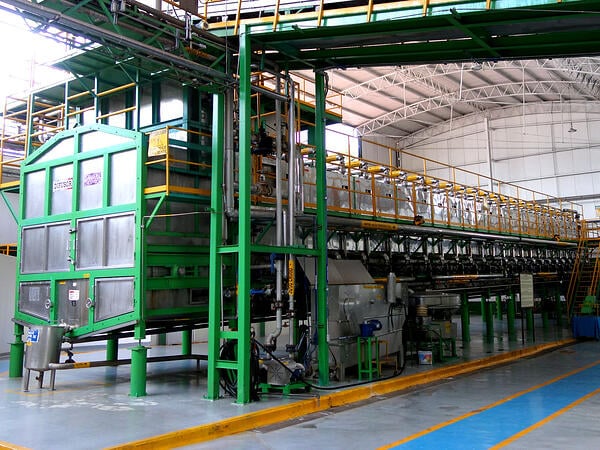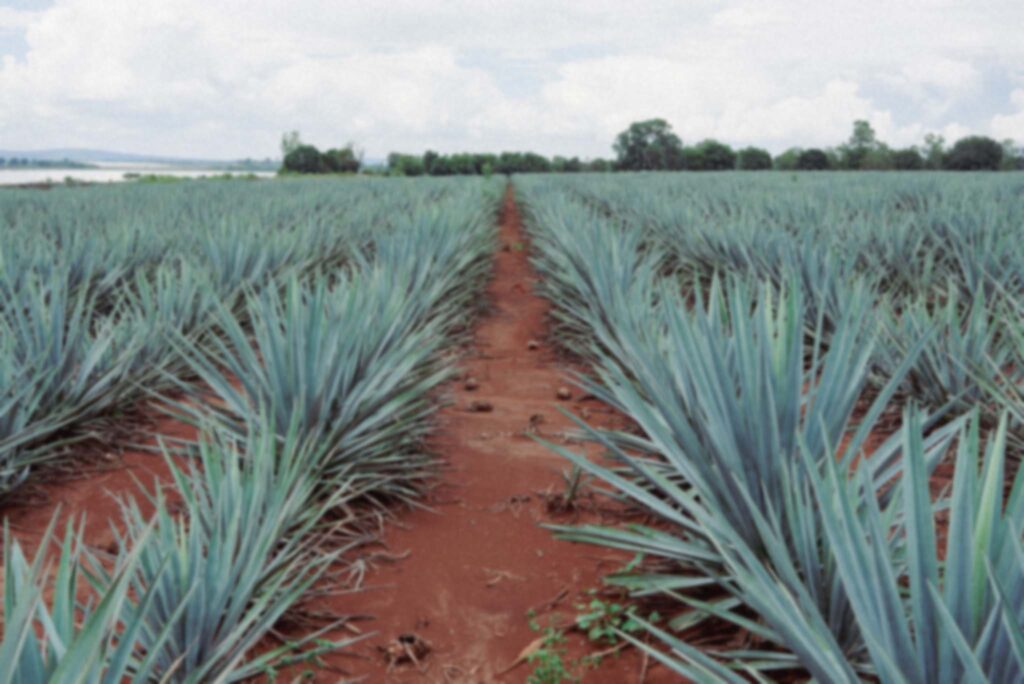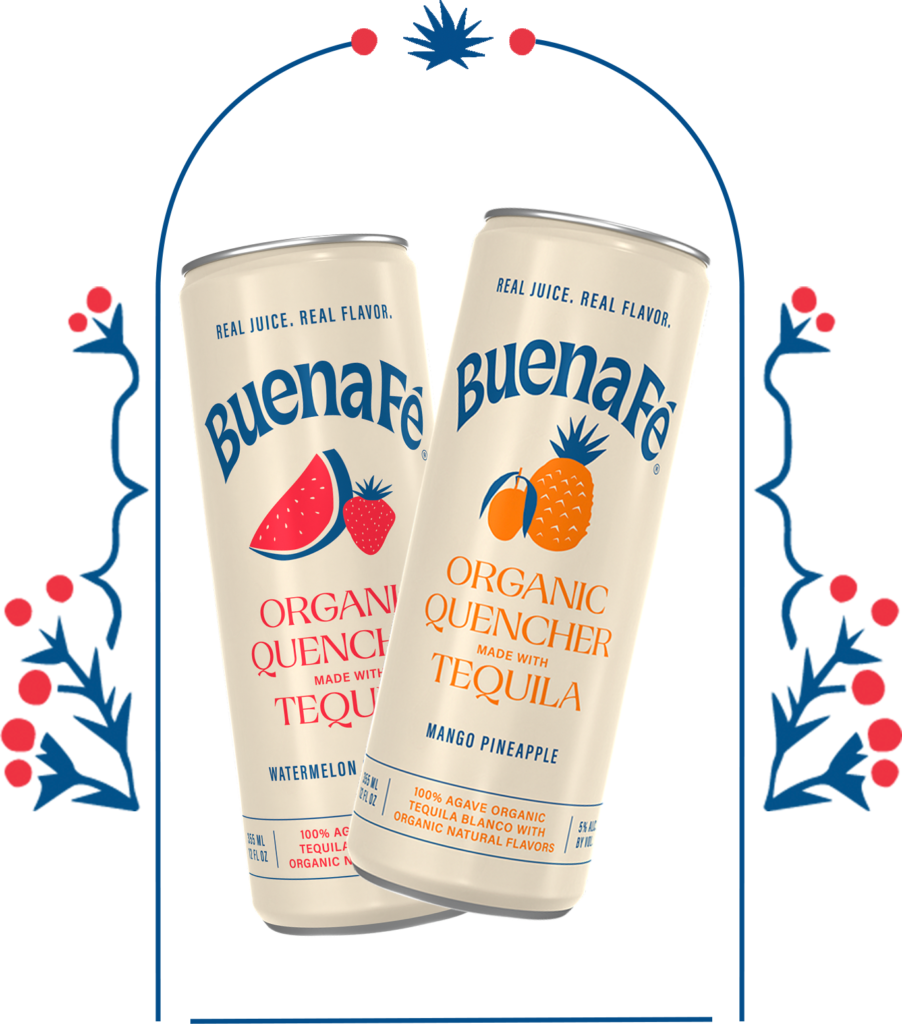From the Agave Fields To Your Glass: How Tequila Is Made
It’s no secret that tequila has a long and storied history. Hailing from the spiky blue agave plant, and part of the succulent family, modern tequila production began in the 1600s in Mexico (although the Aztecs were said to have made a milky fermented version called pulque as early as 250 A.D.). Legend also had it that an agave plant was a gift from the gods –and usually reserved for priests and nobles.
Today, the central highlands of Jalisco, Mexico is known as the home of tequila, where haciendas and distilleries are responsible for producing your favorite spirit. Just below, we’re looking at the arduous, step-by-step process to get tequila from its soil-to-sipping form.
Harvesting
First things first, agave plants take between 7-10 years to mature and store enough sugar to be harvested. Tequila starts its journey when the jimador (agave farmer) cultivates the plants from volcanic soil using a sharp speciality knife called a coa. First the pencas (fleshy leaves) are removed, then the piña (the plant’s heart) is shaved. Psssst: it’s called a piña because it looks like a pineapple. They are then stacked in trucks and driven to the distillery.
Baking
The piñas are gathered into stainless steel, clay or brick ovens (hornos) and baked for a few hours. Because agave plants are full of natural starches, they are cooked at high temperatures to convert the starch into sugars.
Milling
It’s time to separate the sugars from the agave fibers, and then add water so the alcohol fermentation process can begin. In short: the fibers are crushed and shredded with a heavy volcanic wheel (tahona) or using a roller mill. What’s extracted is a sweet juice (mosto) that is then sent off to fermentation.
Fermentation
The fermented agave sap (aguamiel) is pumped into wooden or stainless tanks where yeast is added to convert the sugars to alcohol. Next, the agave juices are distilled, which purifies the liquid and concentrates the alcohol in the mixture.
Distillation
Tequila is required by Mexican law to be distilled at least two times. The first distillation removes most particles in a cloudy liquid. The second distillation, usually guided by a master distiller, results in a silver or blanco tequila. And, although it’s more rare, some tequila is triple distilled including our organic 100% Blue Agave Buena Fé drinks.
Aging + Bottling Tequila
All tequila is aged for 14-to-21 days. Blanco or silver tequila is the starting point for all sipping tequilas. The more mature, aged tequila comes in three varieties: reposado (“rested”) is aged for two months to one year, anejo (“aged”) is aged for one to three years, and the oldest, extra anejo is aged for three-plus years.







